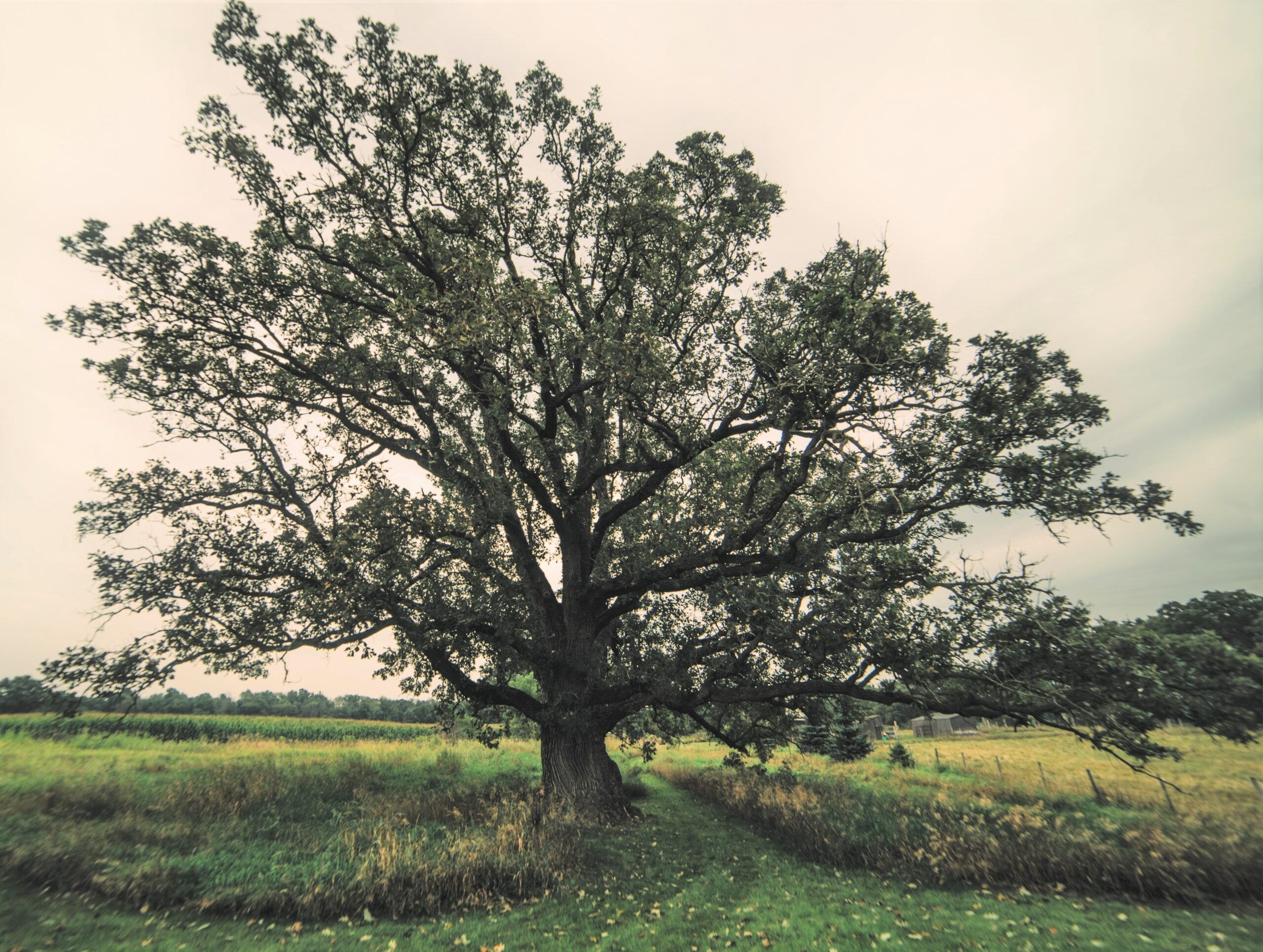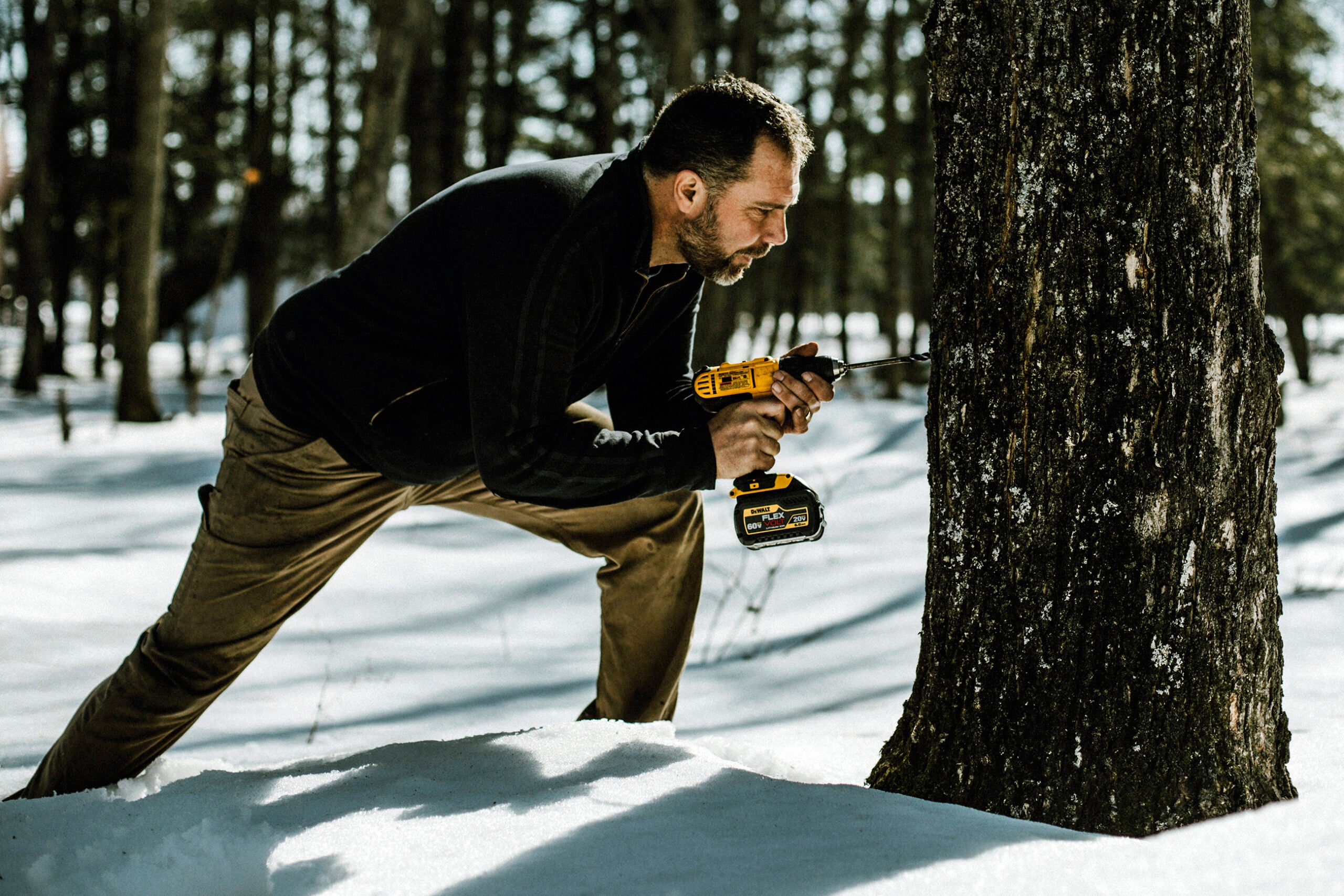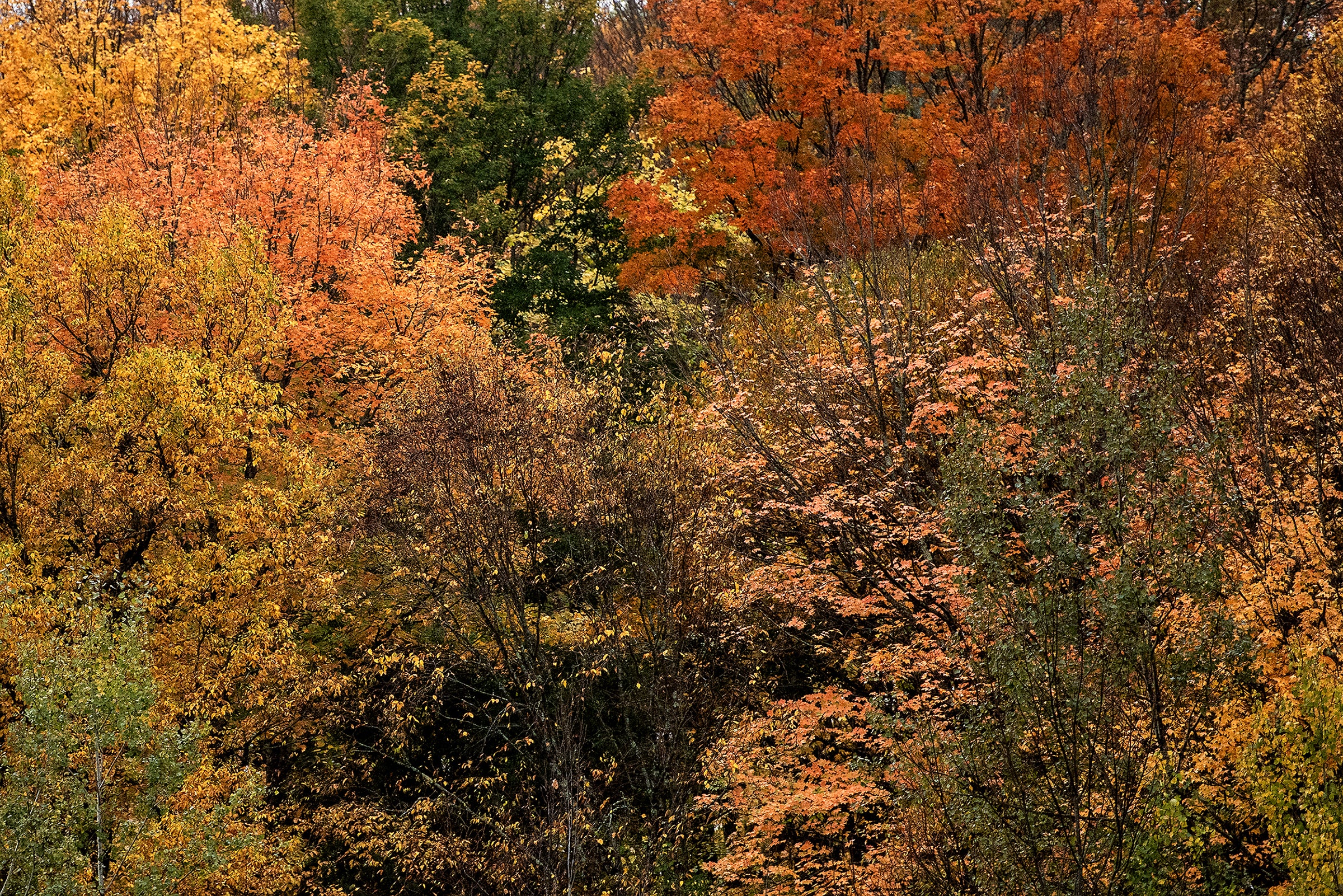Larry Meiller visits with one of the authors of a new field guide of trees, and learns especially about the trees we enjoy here in Wisconsin.
Featured in this Show
-
Twigs, Seeds Key For ID-ing Winter Trees
Tree identification always takes a certain degree of knowledge to do correctly — and in winter, the task is made even trickier.
Christopher Earle, an ecologist whose specialties include forest ecology and conifer biology, said that normally leaves would be a good place to start in narrowing down what species a tree may be.
“Leaves have huge variability. There are very different shapes, colors and sizes,” said Earle, the co-author of the book, “Trees of Eastern North America.”
Those factors, in addition to the position of the leaves, are easy first steps to take in the identification process in warmer weather. For winter naturalists, however, leaves are not available to help narrow down an ID.
Luckily, according to Earle, winter twig characteristics provide a lot of information about the type of tree.
One identifying feature to look for on twigs are their buds. A bud will either be terminal, meaning it’s located at the end of the twig, or lateral, meaning it’s on the side. One note of caution: Some lateral buds can be mistaken for terminal buds because they are close to the tip, but are slightly offset.
Another identification clue is the pattern of the leaf scar — in other words, the small area from which a leaf has fallen off of the twig. The number of visible points within the scar can help to identify the type of tree because different species have different numbers of connectors between the twig and leaf.
Observing a twig’s shape, color and surface can also aid identification. Earle said that some twigs are round, while others have distinct angles and can even appear square. Textures can range from smooth, to hairy, to glandular to thorny.
Earle said that especially in the absence of leaves, fruit and seeds can also provide good information for tree identification.
“If you can identify a tree to family, which you can usually do by looking at its seeds or its fruits, that gets you a lot closer to where you need to be to identify the tree specifically,” he said.
The Wisconsin Department of Natural Resources offers online resources for identifying trees found in Wisconsin. There are also apps for smartphones and tablets that might be of use for tree identification, albeit exclusively for the Apple platform, and not Android. A University of Wisconsin-Madison botany alum has developed an app to ID Wisconsin trees and other woody vines and shrubs that is free.
Leafsnap: An Electronic Field Guide is also free, and the Arbor Day Foundation app is available for a price.
Episode Credits
- Larry Meiller Host
- Judith Siers-Poisson Producer
- Chris Earle Guest
Wisconsin Public Radio, © Copyright 2024, Board of Regents of the University of Wisconsin System and Wisconsin Educational Communications Board.



